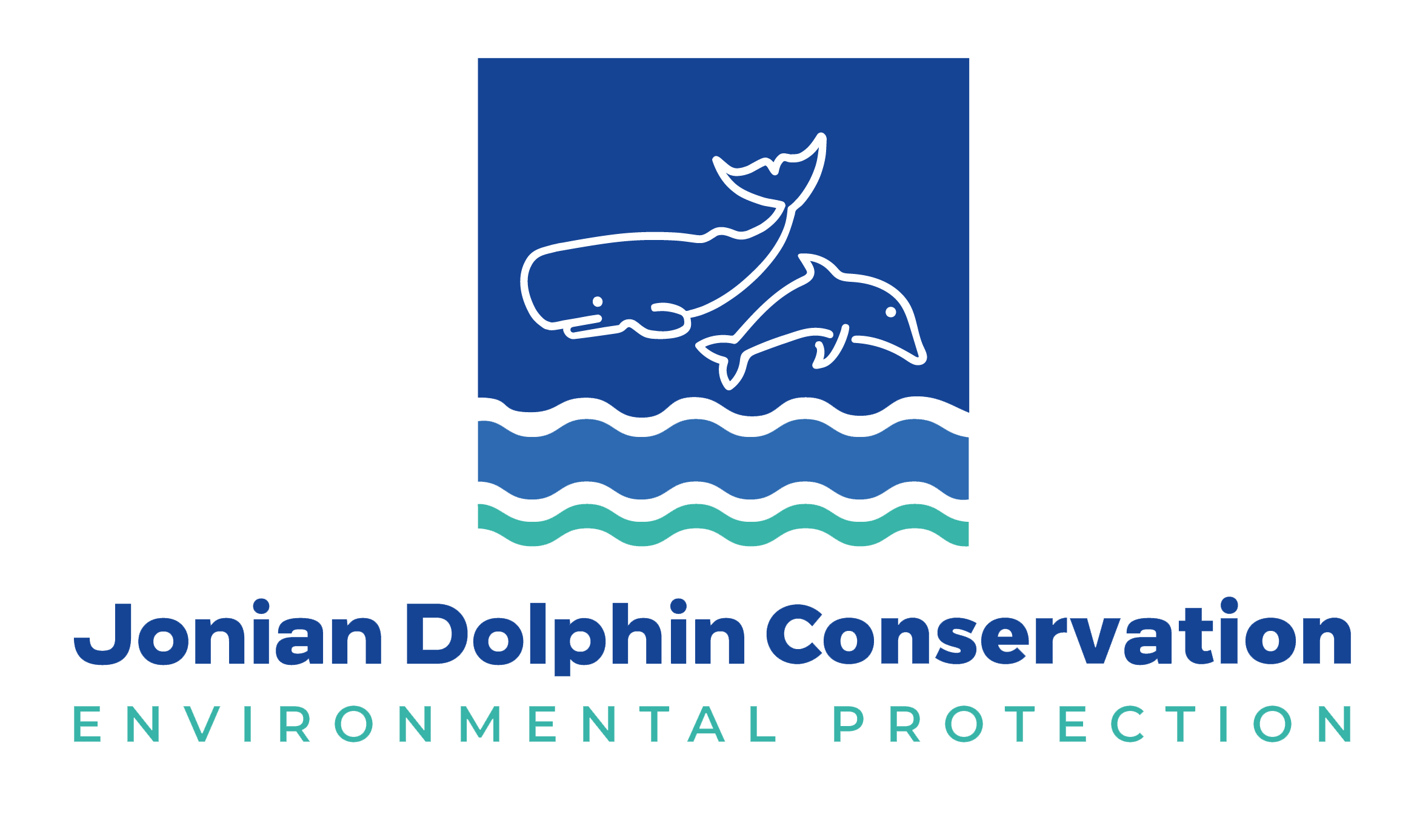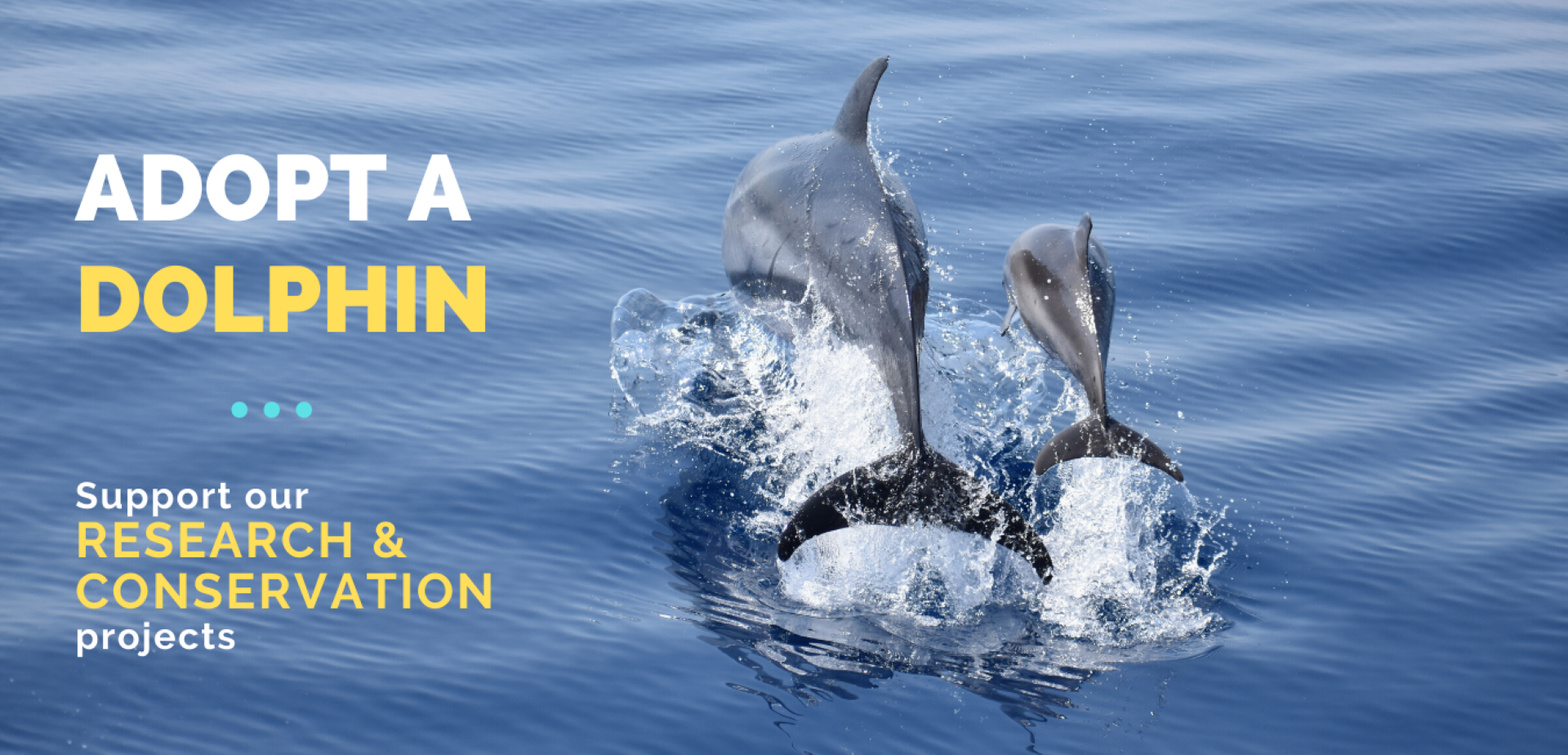
Adopt a whale or dolphin
Adopting a whale or dolphin means actively contributing to collecting data and information on their health status and consequently of the sea they live in.
Scientific data confirm that the work done by JDC in the Gulf of Taranto over the last 10 years has significantly contributed to improving the health conditions of the sea in the Gulf of Taranto. With this symbolic gesture you will support the research and conservation efforts of JDC researchers in the Ionian Sea.
Adopt a dolphin from the Gulf of Taranto!
With your annual adoption, you will receive:
- Personalized adoption certificate;
- The sea creature’s passport with all the information and images of the chosen specimen;
- The bimonthly digital magazine Ketos;
- Real time updates on new sightings;
All the material will be sent digitally to maximise your contribution.
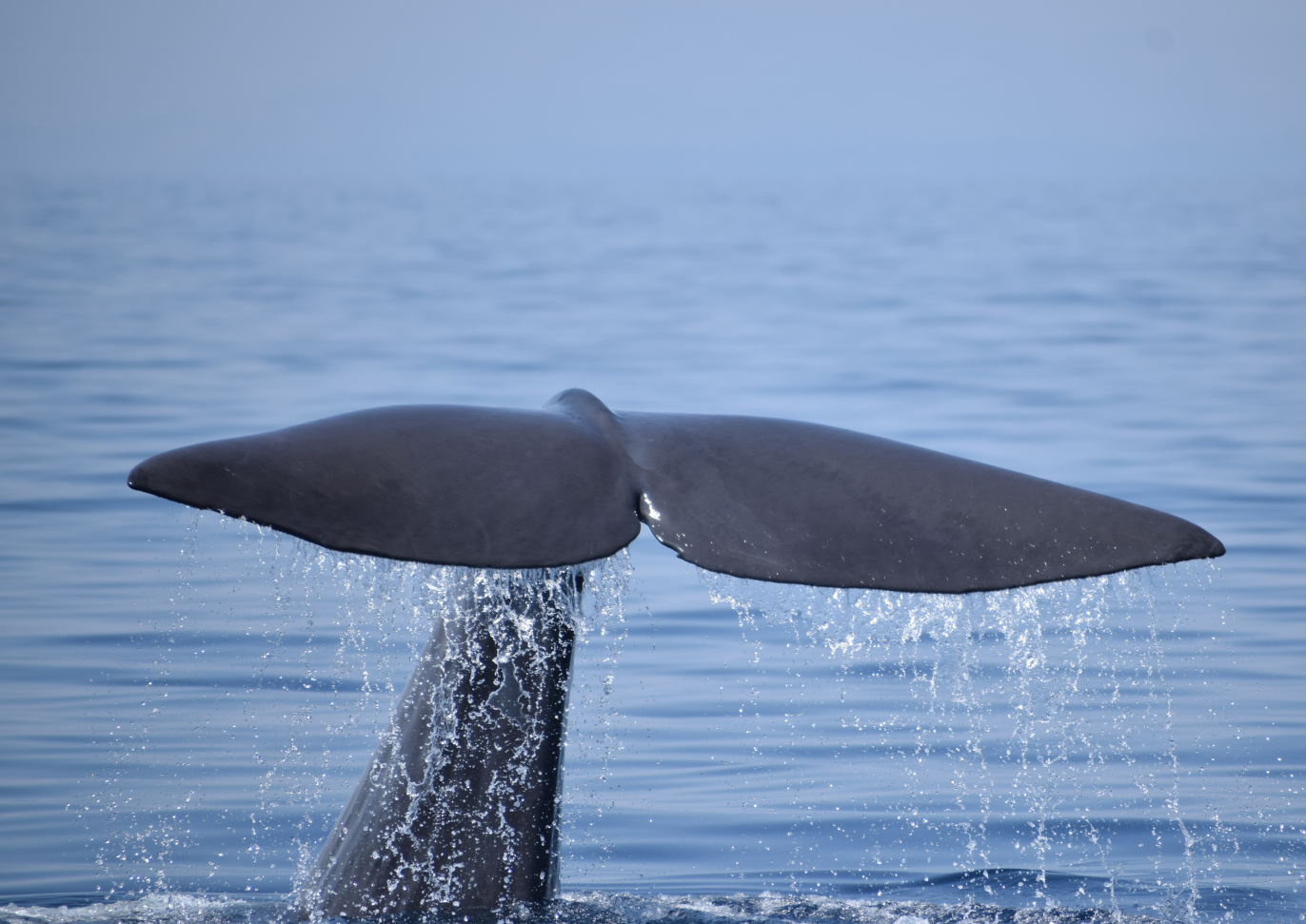
Sperm whale
When you adopt a sperm whale, you choose to support our LARGE CETACEANS research campaign. Sperm whales, Cuvier’s beaked whales, and pilot whales are pelagic species, and they are the best freedivers in the world. To monitor their populations in the Gulf of Taranto, it is necessary to spend a great amount of hours at sea, very far from the coast from the coast. In addition, to be able to easily locate them, it is crucial that we employ directional hydrophones.
Help us find them!
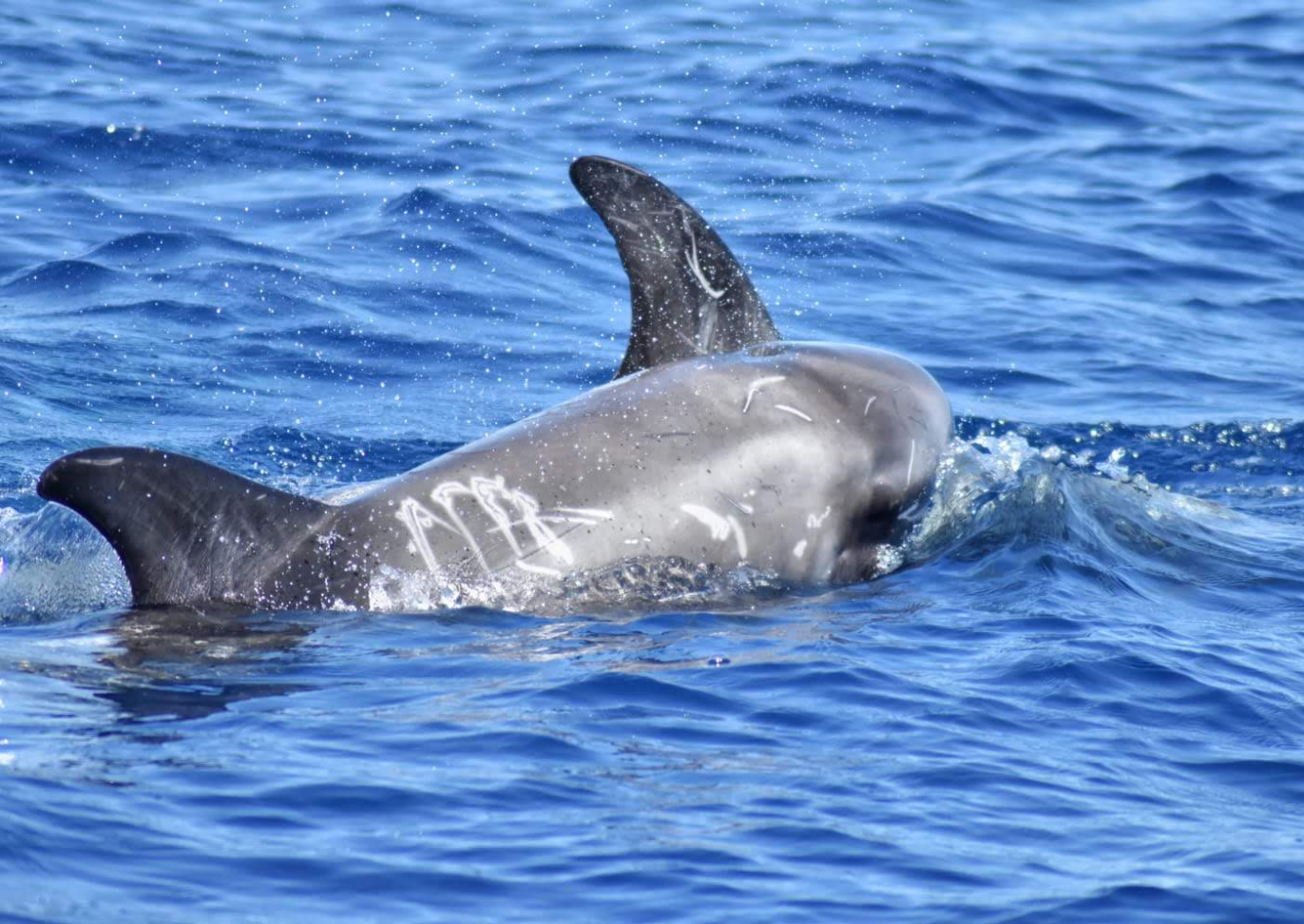
Risso’s dolphin
When you adopt a Risso’s dolphin, you choose to support the RARE SPECIES research campaign. The Mediterranean sub population of Risso’s dolphins is classified, in the IUCN Red List, as «Data deficient». For this reason, it is necessary to broaden the knowledge on their distribution and abundance in our sea. In the summer they seem to prefer the waters off the Basilicata region, but where do they go during the winter?
Help us find out more about their habitats.
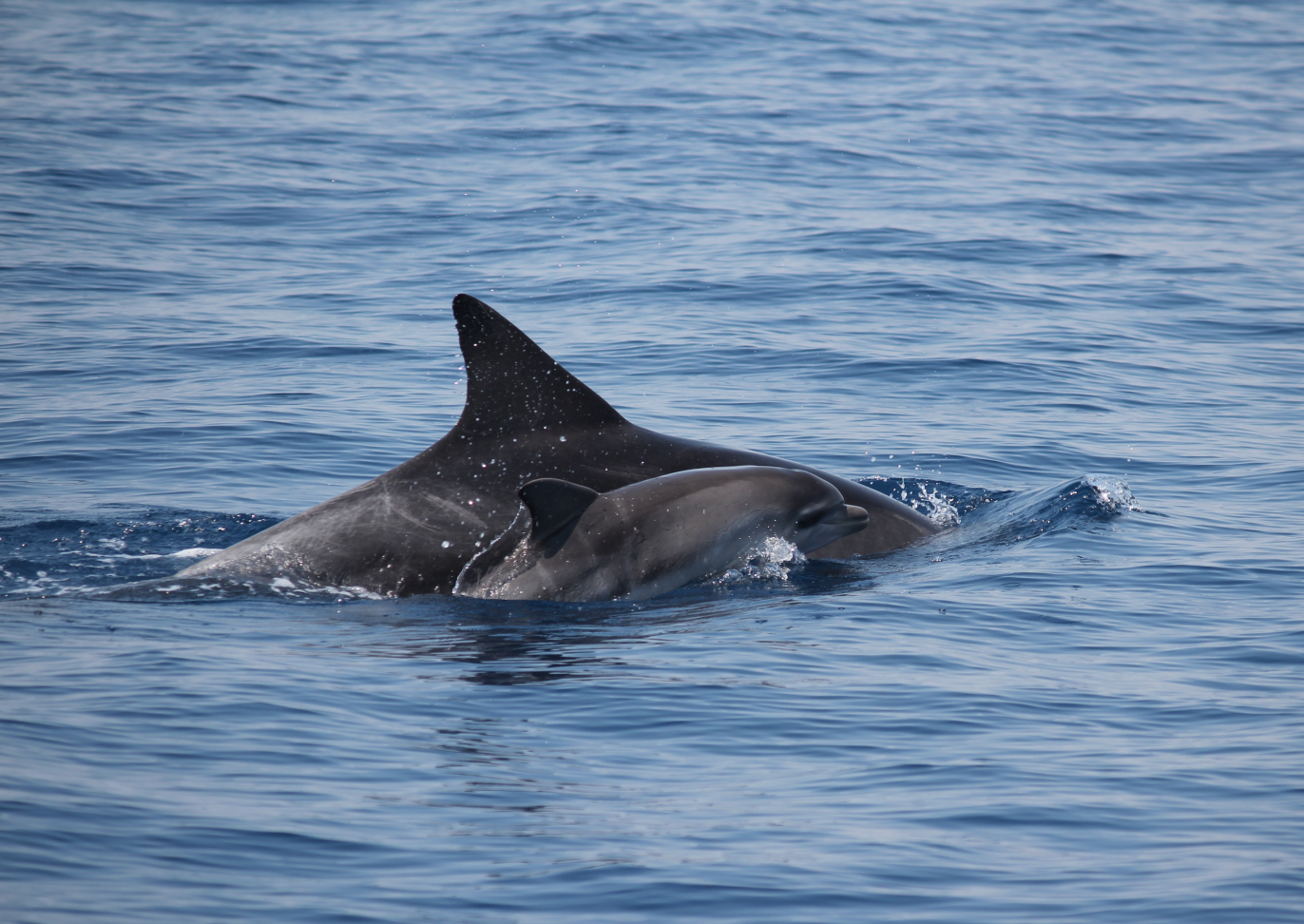
Bottlenose dolphin
When you adopt a bottlenose dolphin, you choose to support the CLOSER THAN EVER research campaign. Bottlenose dolphins are known, worldwide, as a coastal species. Within the Gulf of Taranto, they swim easily along the coast, between Puglia and Calabria. By choosing to support this campaign, you will help us sail along the coasts of the Gulf of Taranto to discover how, why and when this species moves from one area to another.
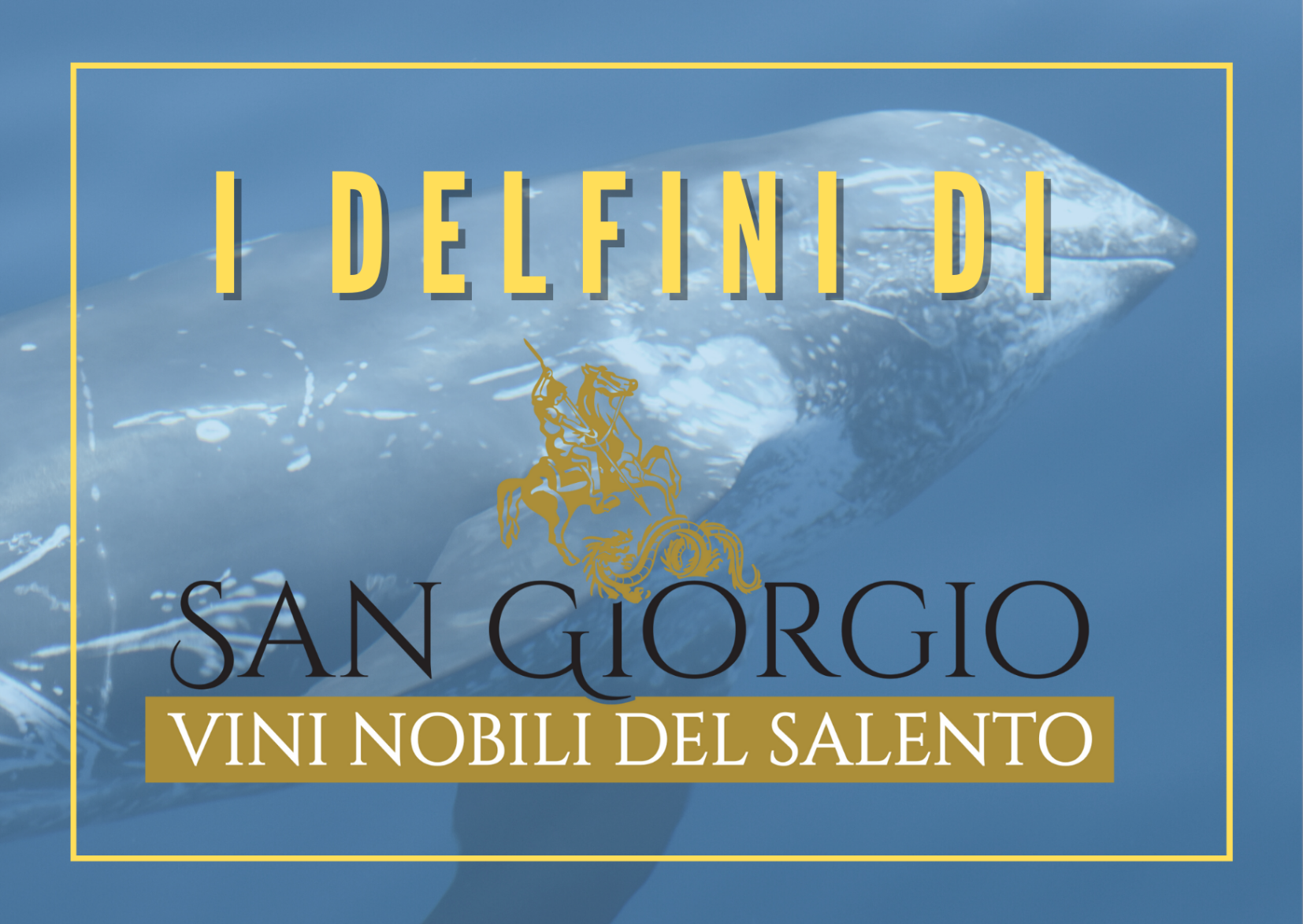
Pontos Idros Toosa
Pontos, Idros, and Toosa are respectively a risso’s dolphin, a sperm whale, and a bottlenose dolphin that are part of a very special project. Indeed, they are the three cetaceans chosen by Cantina San Giorgio to create a dedicated line of wines consisting of a Primitivo, a Chardonnay, and a Primitivo Rosato. Adopting one of them, you will support JDC research, receive a personalized adoption kit, and get regular updates on yout chosen animal. Moreover, we will send you the trio of wines as a gift.
